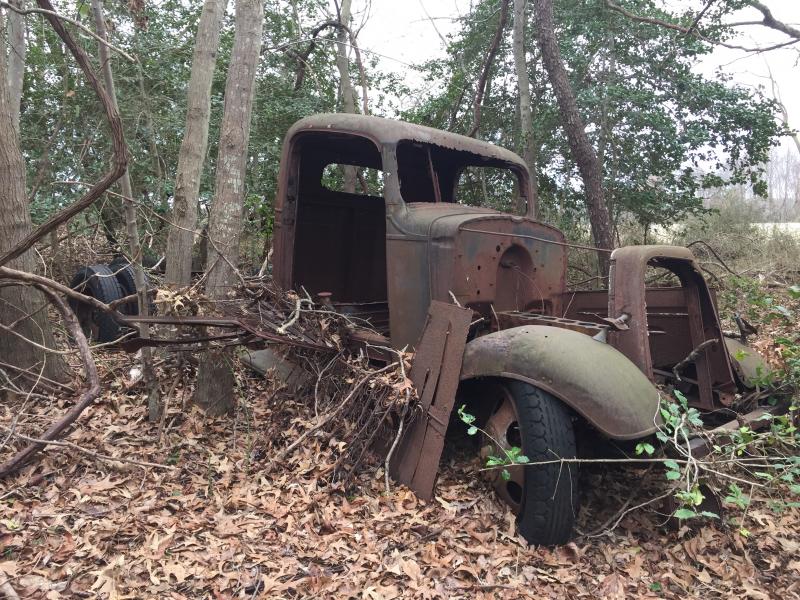Artistry and poetry of indigo buntings, old trucks
Nature and the great outdoors are vital to the Sussex County experience. With so many parks, refuges, trails and beaches open to the public, we all have plenty of opportunity to get outside and see the beauty that nature offers.
There are many beautiful birds to be seen around here. Our temperate climate along the coast makes us a magnet for dozens of species whether they be shorebirds, songbirds, migrating waterfowl, birds of prey or scavenging buzzards. Strikingly colored birds capture our attention, but for my money it’s the birds that are colored blue that give me the greatest thrill when I see them.
Bluebirds with their rosy breasts come to mind, as do the blue grosbeaks. They are large buntings with blackish wings. Their smaller cousins, however, the indigo buntings, take the prize among the birds of blue. What is it about them? There’s no reason for me to explain when the poet Mary B. Moore has already done such a stellar job in her poem titled “Indigo Bunting’s Blue.”
Moore won the 2016 Dogfish Head Poetry Prize. Awarded in December 2016, the most recent prize represented the 14th straight year Dogfish has sponsored the competition. A resident of Huntington, West Virginia, Moore has had two collections of poetry published: “Eating the Light” and “The Book of Snow.”
Her poem about the indigo bunting is among the poems published in her Flicker collection which won the 2016 Dogfish award. I hope the poet and our readers forgive the liberties I’ve taken with the line breaks in the poem. Otherwise the column width here makes for unnatural breaks. So, call it a bit of a structural translation, while preserving completely all of the poet’s rich language and phrasing.
Indigo Bunting’s Blue
“It didn’t burn in Medieval Manuscripts’ animate letters, in serpentine birds or sinuous bounds wound around the boles of capital letters. It doesn’t match the royal blue flame tips wreathing the stove’s brass rings while bordelais thickens. It’s bluer than the oxidized turquoise of Chartres’ copper roof plates, than the eyelets of sky mirrored in the indentations where rainwater settles on the flat-topped stones in the seawall.
“Yet it’s wholly of earth, like the crushed lapis Fra Lippo Lippi mixed to paint heaven on the dome at Spoleto, like the neon-blue cord that burns the Umbrian horizon just after sunset. It’s what they fly into, yes, but shiftier: the shades of indigo teal, turquoise, scintillate, cannot be pinned down. Do the birds feel it shift, like a blush? Whether it’s camouflage, decor or lure, a spur to wonder, the birds fly under its cover into night. They navigate by the stars.”
Those who walk or ride the Gordons Pond Trail along the beach between Lewes and Rehoboth Beach occasionally see indigo buntings and blue grosbeaks. Their shimmering and iridescent colors are so out of place that they are almost as arresting as the reds of cardinals and tanagers.
There is never a guarantee when we go outside that we will see any of these blue birds, or find shed deer antlers or turtle shells. But it’s those sightings and finds, and the sheer exhilaration of being outside in nature, that keep us going back for more.
I’ve also included with this column a photograph made a few weeks back of a rusting old truck in a woods across from the Wolfe House on Wolfe Neck Road. There’s something poetic about an old truck in a setting like that. Over time, nature enfolds and disintegrates that inharmonious object, dulling its colors, shrinking its stature, reclaiming its elements as its own.
There’s something artistic too about that old truck in the woods. It reminds me of the visual poetry of wildlife artist Richard Clifton of Milton. He occasionally paints bluebirds and old trucks, and in so doing establishes their unlikely kinship, and the kinship between the subject, the artist and the viewers.

























































